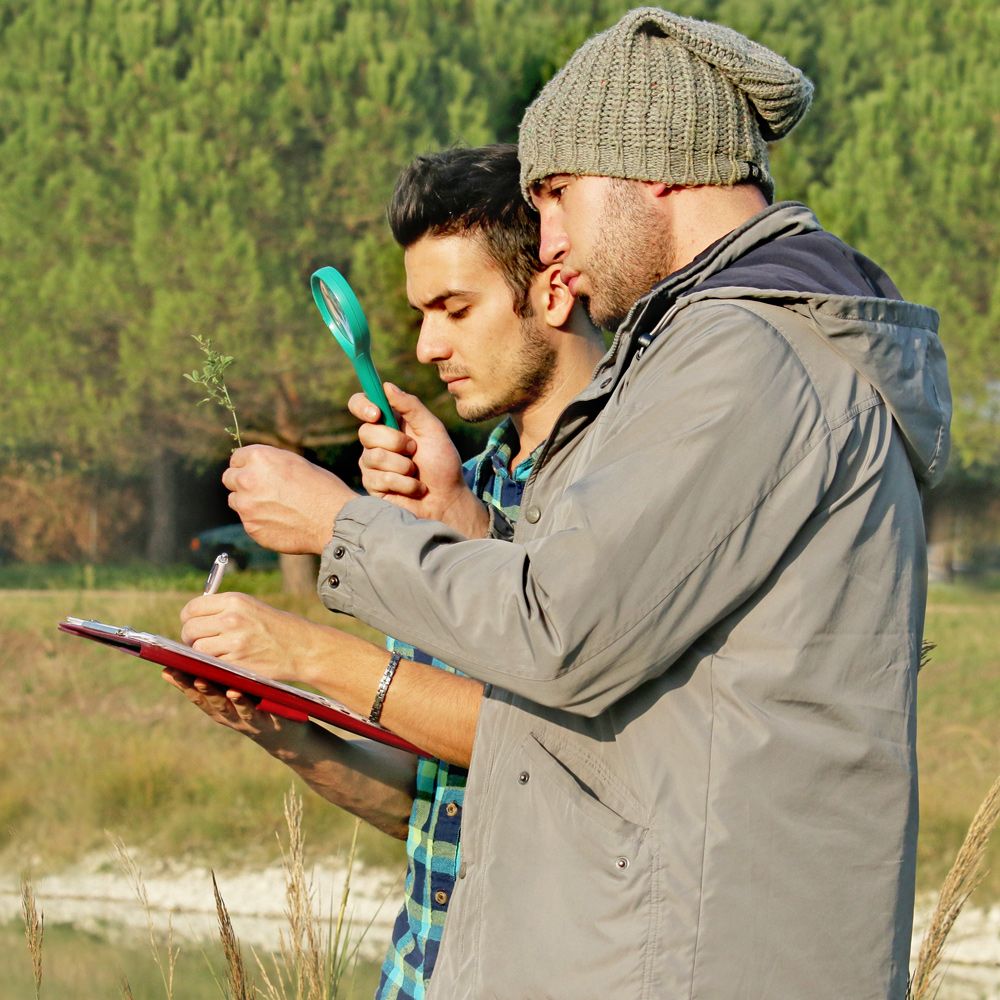My Cart
Your Shopping Cart is currently empty. Use Quick Order or Search to quickly add items to your order!

Teaching environmental science and ecology presents unique challenges in that many experiments and research projects can take years to complete. To help with this, introduce the concept of citizen science to your AP® class.
What is citizen science? Citizen science projects are active research projects sponsored by scientific or governmental organizations that rely on non-scientists to assist with data collection. The data is then used in research and adds to a growing body of knowledge.
There are many different citizen science programs across the country. Each program allows students to see raw scientific data and to participate in the collection and manipulation of it. Researchers then use the data for a variety of purposes. The H.E.R.P. and HerpMapper projects monitor reptile and amphibian diversity and populations in North America (H.E.R.P) and around the world (HerpMapper). The Backyard Bark Beetles project asks citizens to collect insects to be identified by researchers. The projects share a common theme of creating and maintaining a large database of information that scientists and non-scientists can use.
To help you bring a citizen science project into your classroom, the Howard Hughes Medical Institute (HHMI) BioInteractive resource has added a free course using ecological research happening in the Gorongosa National Park in Mozambique. Each of its 8 lessons focuses on a different aspect of the park, specifically the interactions between humans, the park, and the organisms that live within the park. The lessons come with a student guide and worksheet for easy grading, and they do not have to be done sequentially.
Lesson 1 teaches students how to identify large mammals using images captured from game cameras that have been placed at various locations within the park. Your students will add new information about animal movement and range mapping for the researchers in the Gorongosa with this activity.
In lesson 2, students explore the events that have affected the park’s species diversity over the years. This lesson primarily looks at the pressures human migration and political upheaval can force onto a natural environment. It provides important background information for understanding different variables that have influenced the current status of the park beyond the common causes of agricultural encroachment and poaching.
Lesson 3 is a short exercise that asks students to practice observational writing and to formulate research questions based on a small amount of data.
In lesson 4, students build a food chain, then a food web, and then a trophic pyramid based on their knowledge of the park. If you haven’t yet introduced energy flow, this activity is a great way to help your students learn more about food webs in a national park.
Lesson 5 has students watch a short video about the lion repopulation project in Gorongosa and answer a few questions concerning the role of researchers and local peoples in maintaining diverse populations.
Lesson 6 focuses on learning about the park’s land itself, this time about the past, present, and future via an interactive map of the Gorongosa area.
Lesson 7 helps hone your students’ observational skills, but this time, they must compare environmental differences by looking at landforms and species mix. To extend this activity, have your students determine why some animal species appear in many biomes. Consider why this might be the case with a focus on what makes a generalist species different from a specialist species.
This lesson takes the citizen science of lesson 1 a step further. For researchers, once an animal has been identified, they must catalog it and record other measures, such as location, time of day, and weather. This information is often called metadata. Lesson 8 allows students to explore the collection and analysis of metadata and why it is important. By pairing the lessons, you give students firsthand experience doing real ecological research.
All of the lessons focus on ecosystem structure and diversity with components of energy flow and maintenance conservation, so you can easily incorporate technology into your environmental science class.
If you want your students to get involved with a local citizen science project, contact your local or state department of natural resources, environmental quality, or fish and game. Many of these organizations have their own citizen science programs.
Shop AP Biology